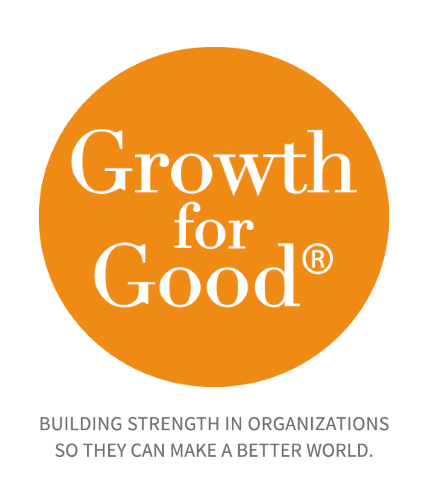What is in your donor database? It might just be a nice gift.

We do many fundraising department audits each year. Inevitably, we find that lots of resources and attention are spent acquiring donors—through events, peer-to-peer and direct mail—with far too little time and energy spent on retaining and reactivating donors. Consider the facts according to DonorTrends:
- Fundraisers have a 60-70% chance of receiving additional contributions from their existing donor base.
- There is a 20-40% probability of securing a gift from recently lapsed donors.
- There is only a 2% chance of receiving a donation from a cold prospect.
This is why it is critical to balance acquiring new donors with retaining and renewing past donors. It takes an intentional plan and a good donor database research methodology.
This is why it is critical to balance acquiring new donors with retaining and renewing past donors. It takes an intentional plan and a good donor database research methodology.
We recently partnered with DonorTrends—a research and analytics company—to analyze the donor database for a national nonprofit. DonorTrends working alongside the Fundraising Effectiveness Project (which calculates the national average contributions from 10,000+ organizations) had developed an easy-to-use predictive analytics tool so organizations can plan effective moves management strategies. That paired with a wealth screening software helped us identify more than 100 potential major donors (defined as able to contribute $10K+ from a donor pool of 4,000+). We identified another 167+ prospects ready to increase their giving. Now that is a gift that keeps on giving!
We helped our client determine the Lifetime Value of a Donor (LTV) (measuring retention, average gift, and donor commitment). LTV is a prediction of how much money you can expect to receive from a donor in your existing donor base during the lifetime of their giving (from first donation to last donation, from acquisition to lapse).
We also helped to calculate the following stats and benchmark against other national organizations:
- Number of new donors making a second gift—the best predictor of retention rates and LTV
- Average gift
- Revenue per donor
- Average number of gifts per donor
- Total dollar amount of gifts that have been upgraded
- Percentage of gifts that have been upgraded
From the above numbers, we articulated development department key performance indicators that are based in fact, realistic, and achievable including:
- Expected rate of return on the annual appeal
- Rate of Return on LYBUNT (Last Year But Unfortunately Not This Year) and SYBUNT (Some Year But Unfortunately Not This Year) mailings
- Rate of return on the annual galas (financial outcome and donor acquisition)
- Target number of meetings expected with potential major donors
- Targeted non-ask communications to a segmented donor list
- Solicitation communications calendar for a segmented donor list
If the entire retail sector is using these predictive analytics tools to focus their marketing plan, why on earth shouldn’t the nonprofit sector be using them to target their fundraising efforts? We are thrilled to be working with DonorTrends to bring this resource and methodology to all of our clients. We did find many potential and unexpected potential donors. What gifts are in your donor database?
Give us a shout if you want to learn more. Happy Holidays. May your database be full of nice surprises!
Recent Posts
Subscribe to Our Newsletter
* These fields are required.
Contact Us
500 Summit Avenue
Maplewood, NJ 07040
P: 973-762-7645
E: contact@growthforgood.com






